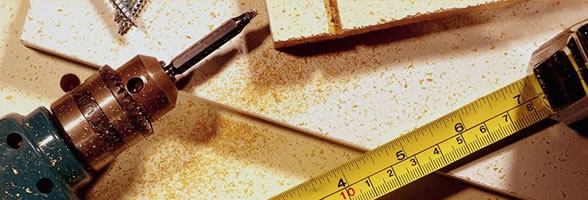Article archive
10/06/2016 21:00
Dan nhi is a simple instrument that can achieve miracles. A folksong of the north, a lullaby of the centre, or a cai luong aria of the south will lose much of its charm if not accompanied by the dan nhi, a traditional instrument capable of a great variety of expression.
The dan nhi is a bow instrument with two strings, commonly used among the Viet ethnic group and several national minorities: Muong, Tay, Thai, Gie Trieng, Khmer. The dan nhi comprises a tubular body made of hard wood with snake or python skin stretched over one end and a bridge. The neck of the dan nhi has no frets. Made of hard wood, one end of the neck goes through the body; the other end slants slightly backward. There are two pegs for tuning. The two strings, which used to be made of silk, are now of metal and are tuned in fifths: C-1 D-2; F-1 C-2; or C-1 G-1.
The bow is made of bamboo or wood and fitted with horsehair. The hair goes through the space...
—————
10/06/2016 20:59
In the past, the dan day was an accompanying instrument used only for one genre of songs, which later divided in two variants known today as hat cua dinh and hat a dao.
The dan day, exclusively played by men, most probably came into being in the 15th century when musical genres were forming.
This bass instrument has high frets and a very long neck. Thanks to the unusual technique called ngon chun (slacking the string with the fingers), players may lower the tones. The low register and the dull, warm but short sounds of the dan day always distinguish it from other instruments in a concert.
Apart from accompanying hat cua dinh and hat a dao songs, the dan day is now used to accompany poems as well. Due to its refined and modest sounds, the dan day is sometimes compared to a secluded philosopher.
—————
10/06/2016 20:59
This term, popular among the Ba Na and the E De, is used to name the single-stringed fiddle played by some ethnic groups in the Truong Son-Tay Nguyen region (Ba Na, Gia Rai, E De, Xo Dang, Pako, and Hre, etc.).
The main part of the instrument consists of a 50 to 70cm long bamboo tube or round wooden section. Frets are fixed on the main part and the string is hung along its length. The bow is made of a small thin bamboo bar; the player rubs the outside of the bow on the string to produce sounds.
Though its structure is quite simple, the distinctiveness of this instrument resides in the way it is played. The player holds a thread that is linked to the string in his mouth to amplify and transform the sounds. While bowing the string and touching the frets to produce pitches, the player changes the aperture of his mouth according to the tune. Thus, the sounds are altered, almost evoking human pronunciation. Those who are familiar with the sounds of the k’ni and who...
—————

